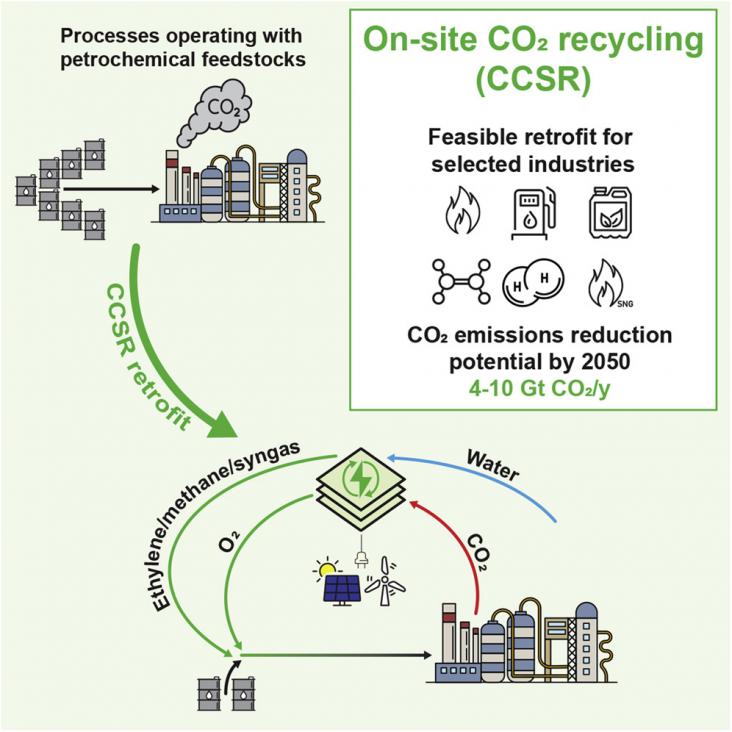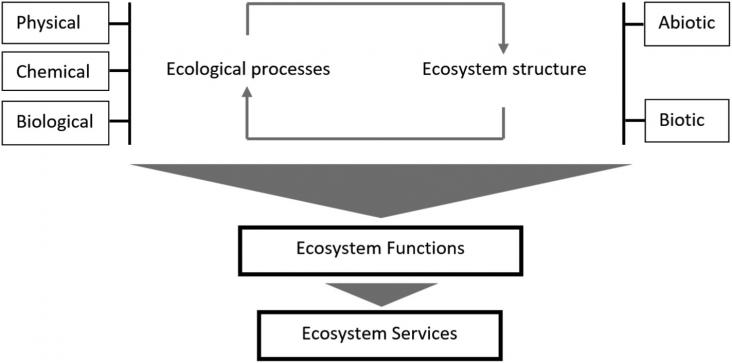
The chemical industry needs to significantly decrease carbon dioxide (CO2) emissions in order to meet the 2050 carbon neutrality goal.
Nuclear Decommissioning Case Studies, Volume Two - Policies, Strategies, Planning and Knowledge Management, 2021, Pages 3-7
Disaster Resilience and Sustainability, Adaptation for Sustainable Development, 2021, Pages 1-20
Disaster Resilience and Sustainability, Adaptation for Sustainable Development, 2021, Pages 1-20

This paper aims to contribute to the limited understanding and recognition of soil ecosystem services (SoES) in spatial planning.
